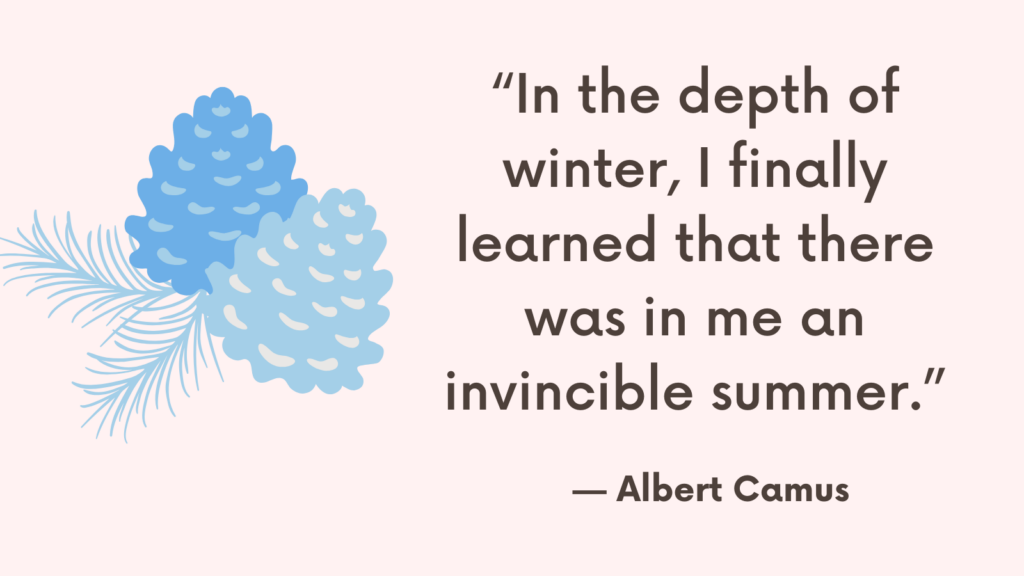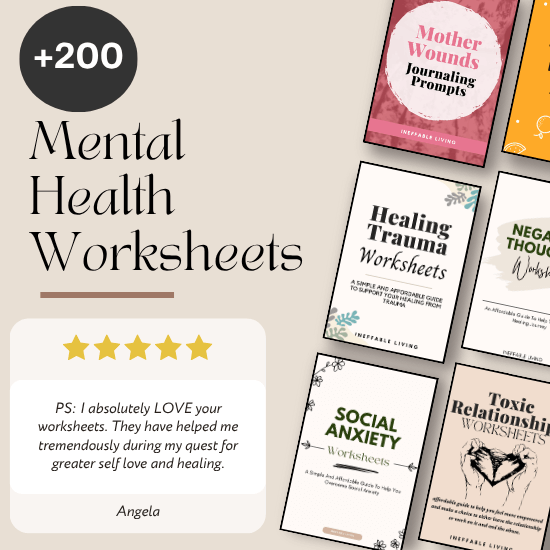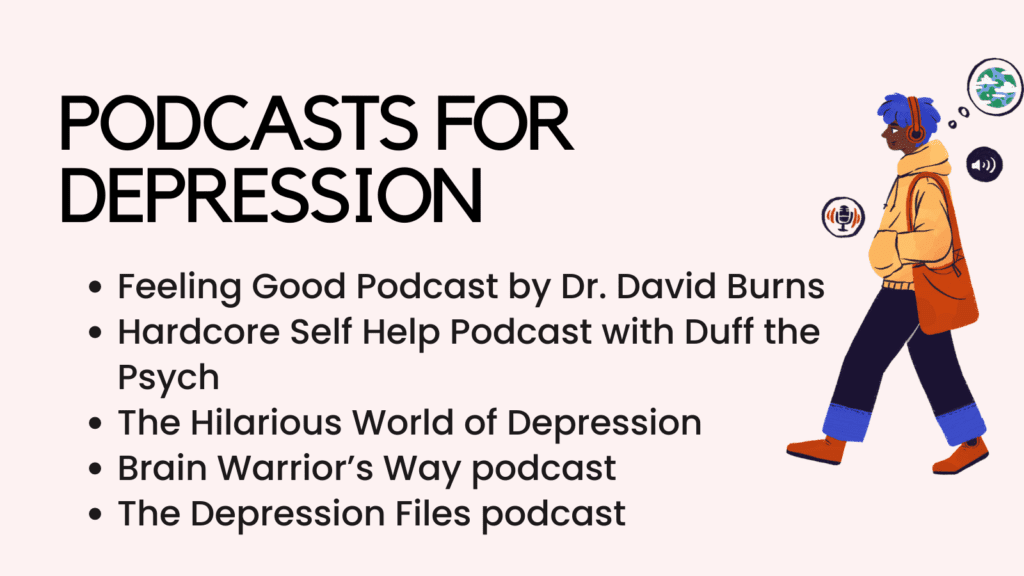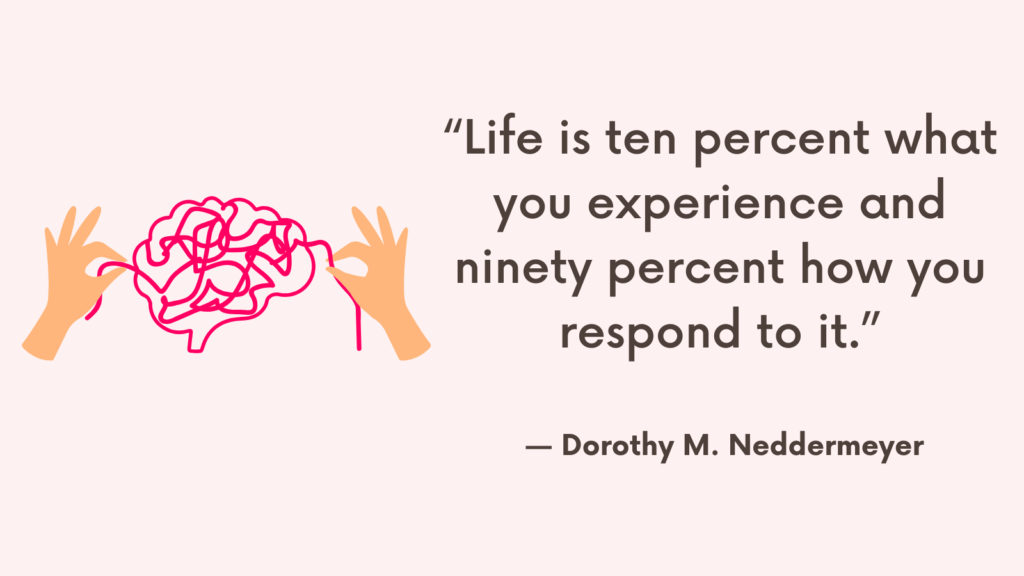Winter can bring shorter days and colder weather, which often affects our mood. Here are some simple ways to lift your spirits and bring a little light to your winter days.
Why Winter Blues Are More Common Than You Think
As the days grow shorter and the temperatures drop, many people notice a shift in their mood. You might feel more tired, less motivated, or even emotionally heavier than usual. This seasonal dip in energy and well-being is often referred to as the “winter blues,” and it’s far more common than most people realize. While it may not always reach the level of clinical depression, it can still have a significant impact on how you think, feel, and function.
1. Reduced Sunlight Affects Brain Chemistry
Sunlight plays a key role in regulating your circadian rhythm and the production of serotonin — a chemical that supports mood and emotional stability. In winter, shorter days and less exposure to natural light can lead to lower serotonin levels and disrupt your sleep-wake cycle, contributing to fatigue, irritability, and sadness.
2. Cold Weather Encourages Isolation
When it’s dark and cold, you’re more likely to stay indoors and cancel social plans. While this might feel cozy at first, extended isolation can reduce your sense of connection and support. Over time, lack of social interaction can lead to feelings of loneliness, withdrawal, or even hopelessness.
3. Decreased Physical Activity
Colder weather often makes outdoor exercise feel less appealing. If you’re moving your body less, your energy levels, mood, and motivation can suffer. Physical activity increases endorphins — the brain’s natural mood boosters — so when activity drops, mood can follow.
4. Less Exposure to Nature and Fresh Air
Being outside in nature has been shown to improve mood, reduce stress, and promote clarity. In winter, fewer hours outside mean less access to these benefits. The lack of sensory variation — fresh air, sunlight, movement — contributes to mental dullness and emotional heaviness.
5. Social Stigma and Underreporting
Many people minimize or dismiss the winter blues because they believe it’s “just the season” or something they should push through. As a result, they may not talk about how they’re feeling or seek support, leading to longer periods of struggle without relief or understanding.
10 Simple Ways to Brighten Your Mood During the Winter Months
1. Get Outside for Daylight Exposure
Even on cloudy days, natural light can help regulate your mood and energy. Spending even a few minutes outdoors can make a difference.
– Tip: Take a morning or lunchtime walk, or just sit by a window for some sunlight.
2. Incorporate Movement Daily
Exercise releases endorphins, natural mood boosters. You don’t need to do intense workouts; gentle movement like stretching or walking works too.
– Tip: Try 10 minutes of stretching or dancing to your favorite song to shake off sluggishness.
3. Connect with Friends and Family
Social connections can be a big mood booster. Even if it’s just a quick chat or virtual coffee, staying connected helps fend off loneliness.
– Tip: Schedule regular check-ins with friends or family, whether in person or virtually, to stay connected.
Related: Beating the Winter Slump: How to Manage SAD and Holiday Blues?
4. Practice Mindfulness and Meditation
Mindfulness exercises like deep breathing or meditation can calm your mind and improve focus, helping reduce stress and brighten your mood.
– Tip: Try a quick, guided meditation app or a 5-minute breathing exercise when you start feeling low.
5. Bring Plants and Nature Indoors
Houseplants or even seasonal flowers add a sense of calm and beauty to indoor spaces, lifting your mood.
– Tip: Choose easy-care plants like succulents or ferns if you’re new to houseplants, or place fresh flowers in a spot where you’ll see them daily.
Related: Best 23 Gifts For People With Depression
6. Embrace Cozy Activities
Warm blankets, candles, and your favorite hot drink can create a comforting, uplifting atmosphere. Leaning into winter coziness can help you appreciate the season.
– Tip: Spend a little time each day in a cozy space, whether reading, journaling, or enjoying a warm beverage.
7. Set Small, Enjoyable Goals
Working toward something fun, like learning a new recipe or a creative hobby, can give you something to look forward to.
– Tip: Pick a simple goal, like reading a certain number of books or trying a weekly recipe, to bring small, regular achievements to your winter days.
Related: How to Help an Adult Child with Depression? Top 7 Tips
8. Listen to Uplifting Music or Podcasts
Music and stories can be an instant mood lifter. Listening to positive, upbeat tunes or engaging stories can change the tone of your day.
– Tip: Make a playlist of feel-good songs, or find a podcast series that lifts your spirits and keeps you engaged.
9. Try Light Therapy
Light therapy lamps simulate natural sunlight and can help counteract winter fatigue and mood dips.
– Tip: Use a light therapy box for about 20–30 minutes each morning to help boost energy and mood.
Related: Do I Have Seasonal Depression Quiz (+Top 12 Natural Ways To Boost Your Mood)
10. Practice Gratitude Daily
Reflecting on things you’re thankful for each day can shift your perspective and brighten your outlook, even on dreary days.
– Tip: Each day, write down three things you’re grateful for, big or small, to keep a positive focus through winter.
Related: How To Ask For Help With Depression? Top 10 Tips
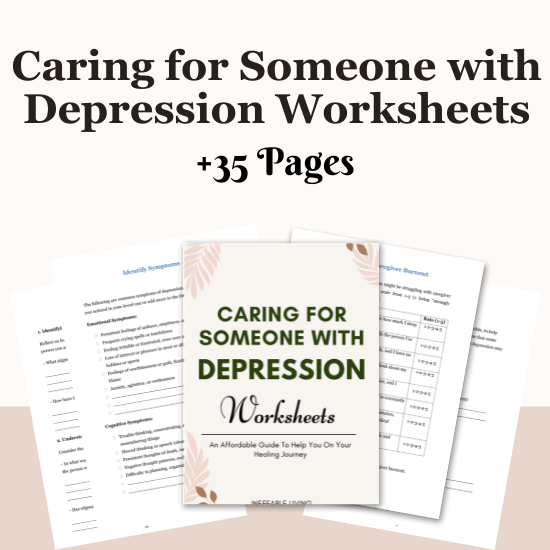
When Winter Sadness Might Be Seasonal Affective Disorder (SAD)
Feeling a little low, tired, or unmotivated during the winter months is something many people experience. The cold, darkness, and slower pace of the season naturally affect mood and energy. But sometimes what seems like “winter blues” is actually something more serious — a form of depression known as Seasonal Affective Disorder (SAD). Understanding when sadness is more than seasonal can help you know when it’s time to seek support and make targeted changes.
1. The Sadness Returns Every Year Around the Same Time
One of the key signs of SAD is its predictable seasonal pattern. If you notice that your mood drops at the same time each year — often in late fall or early winter — and lifts again in spring or summer, this regularity may point to SAD rather than general winter fatigue.
2. Your Daily Functioning Is Affected
SAD isn’t just feeling a little off. It can significantly interfere with your ability to work, focus, take care of yourself, or maintain relationships. You may struggle to get out of bed, keep up with responsibilities, or find motivation for even basic tasks. When sadness begins to disrupt your functioning, it moves into clinical territory.
3. You Sleep and Eat Differently
Unlike typical depression, SAD often comes with increased sleep and appetite — especially cravings for carbohydrates or sugary comfort foods. You might feel like you can’t get enough sleep but still wake up tired, or you may find yourself eating more than usual and gaining weight during the winter months.
4. You Feel Heavier — Mentally and Physically
SAD is often described as feeling like your whole body is weighed down. You may feel mentally foggy, physically slowed down, and emotionally numb. This heaviness is more than moodiness — it can make daily life feel like a burden rather than something you can engage with or enjoy.
5. You Lose Interest in Things You Usually Enjoy
One of the strongest indicators of depression — including SAD — is anhedonia, or the loss of interest in things that once brought joy. If hobbies, relationships, or routines no longer feel engaging or worth the effort, and this change is linked to the season, it may signal something deeper than ordinary winter sadness.
6. You Feel Hopeless or Withdraw from Others
SAD can bring intense feelings of worthlessness, hopelessness, or isolation. You may begin avoiding friends, skipping social events, or pulling away emotionally. If your sadness is accompanied by the feeling that nothing will get better, it’s important not to ignore it.
7. Your Symptoms Improve in Spring or Summer
If your mood consistently lifts when the days get longer and brighter, it’s a sign your depression is seasonally influenced. Many people with SAD feel like a completely different person during the warmer months — more motivated, more social, more clear-minded.
Conclusion
With these small actions, you can bring warmth and light to your winter days, creating a routine that supports your mood and well-being through the colder months.
